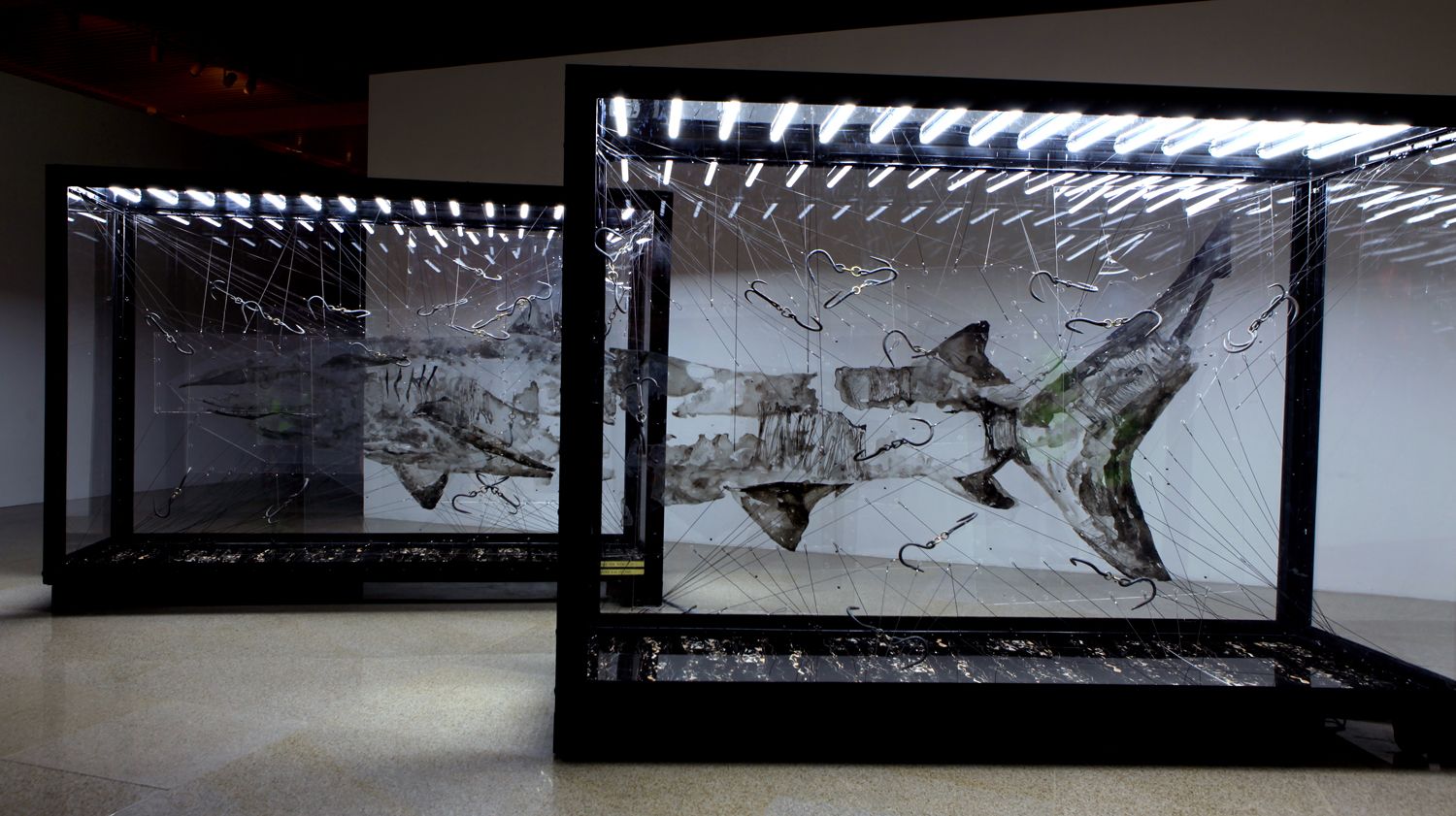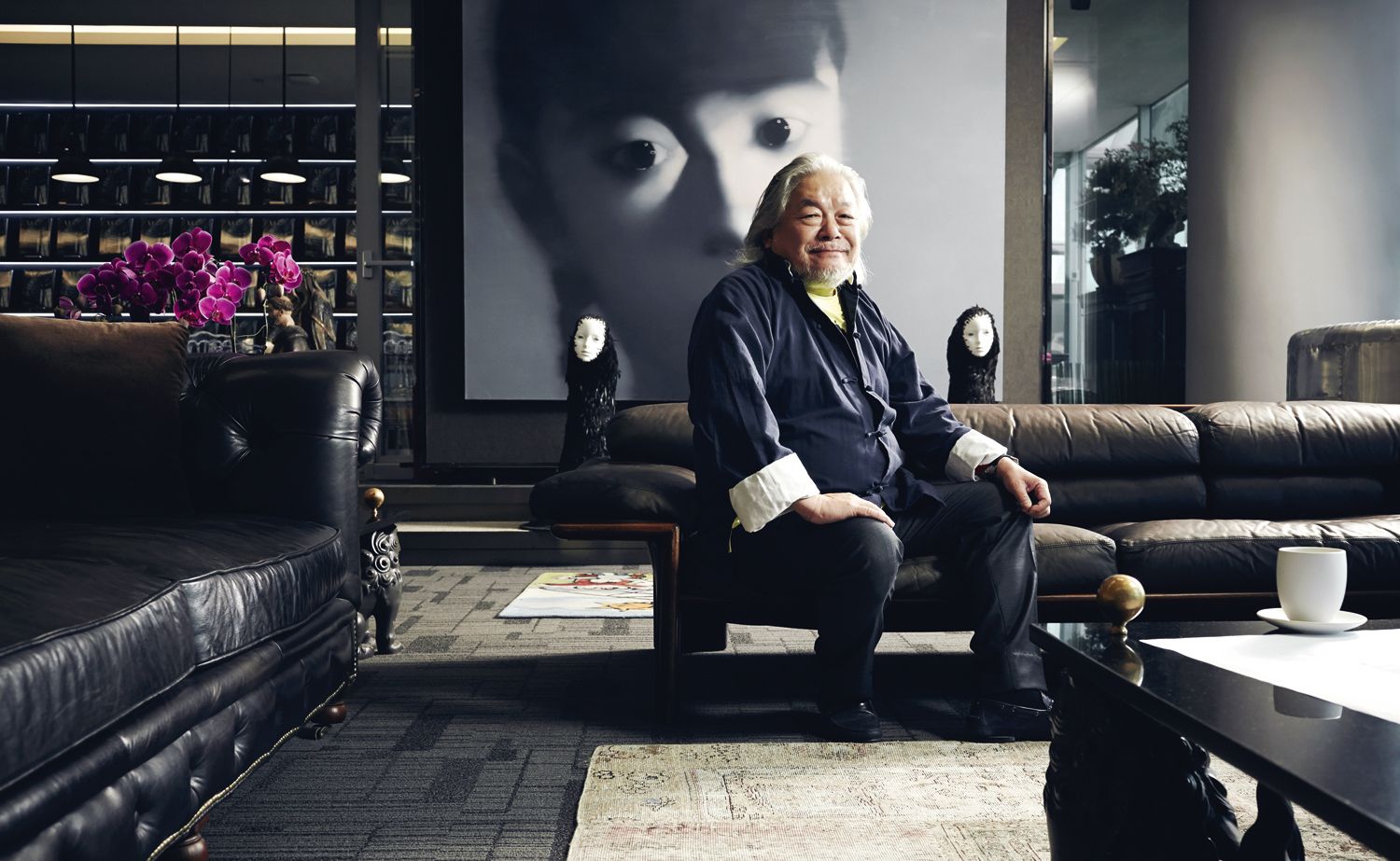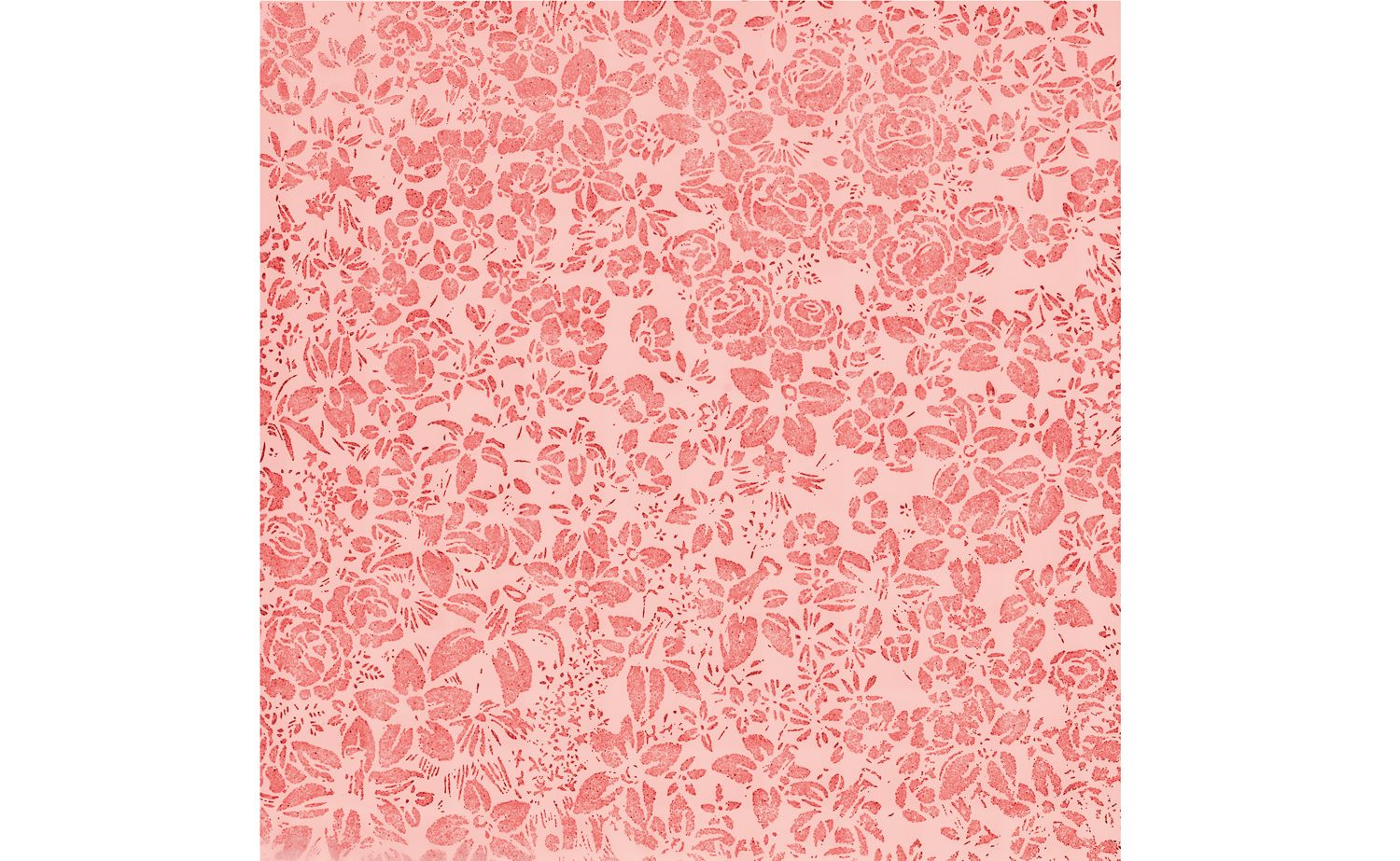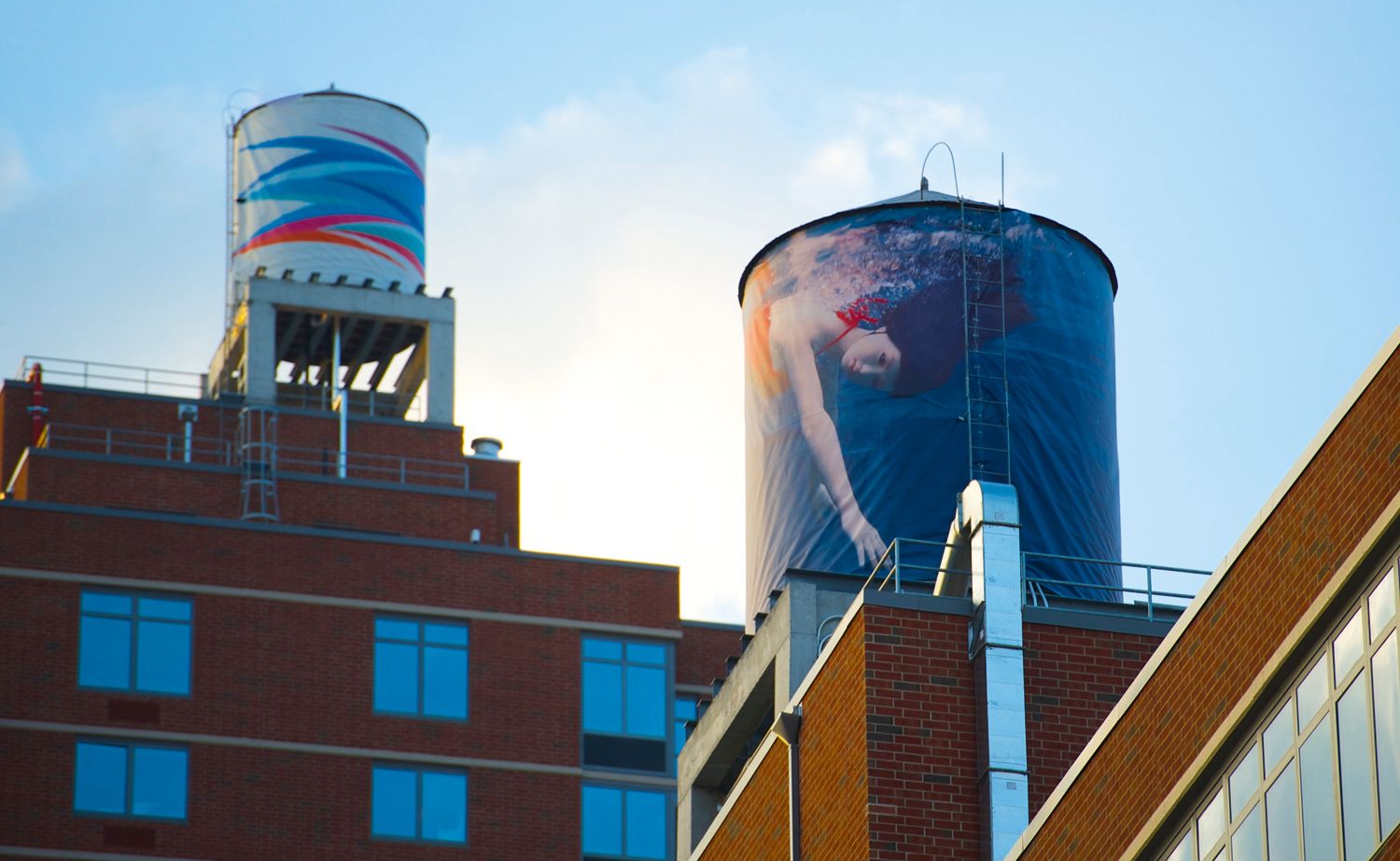When it comes to building support for a cause, a picture—or sculpture, installation or photograph—speaks a thousand words
It’s a hot, dry day in Beijing and a queue is forming outside the monolithic National Museum of China, which flanks Tiananmen Square. Today marks the opening of On Sharks and Humanity—a travelling exhibition of artwork that highlights the plight of the ocean’s top predators, which continue to be hunted for their fins.
The drastic decline in shark populations has been widely publicised over the past few years. In line with this growth in awareness, efforts to curb consumption of shark fins have soared. Environmental groups have been campaigning vigorously to educate Chinese consumers about the unsustainability of the trade and pressuring lawmakers to ban the sale of the coveted cartilage.
Laws to reduce its prevalence on the dining scene have also been implemented: in 2013, Mainland China forbade the serving of shark fin soup at government banquets as part of a crackdown on excess. Despite such efforts, these fish continue to be aggressively hunted. An estimated 100 million sharks are killed every year, according to environmental advocacy group WildAid, with fins from up to 73 millions of these used in shark fin soup. The situation remains critical.

On Sharks and Humanity is the latest attempt to curb the killing of sharks, but it takes an approach very different from previous campaigns. Conceptualised and commissioned by Parkview Arts Action, the charitable arm of the property-focused Parkview Group, the exhibition features more than 50 works by contemporary artists that reflect on the beauty and vulnerability of sharks, the barbarity of their slaughter, and the symbiotic relationship between sharks, other marine life and humans.





